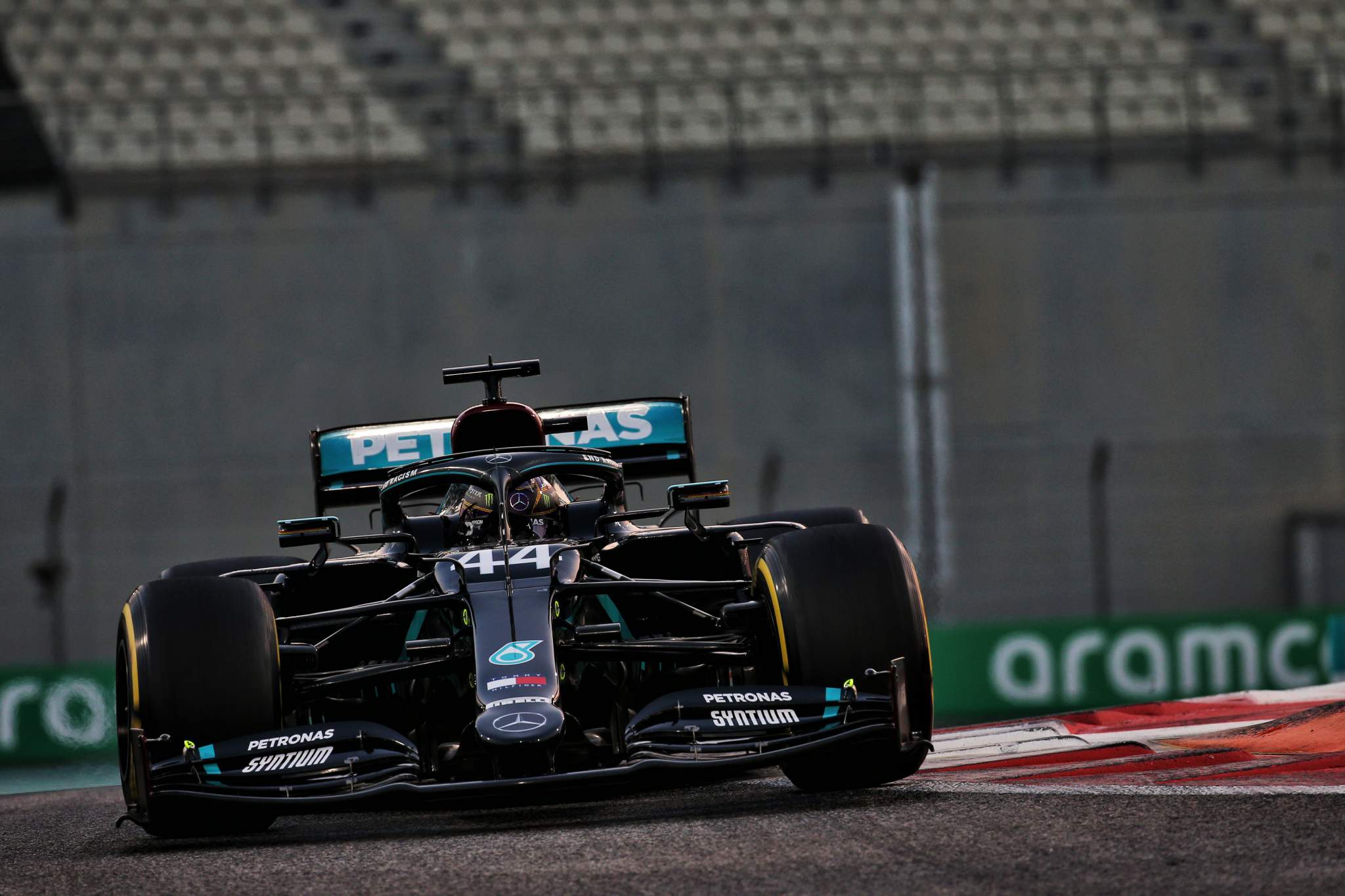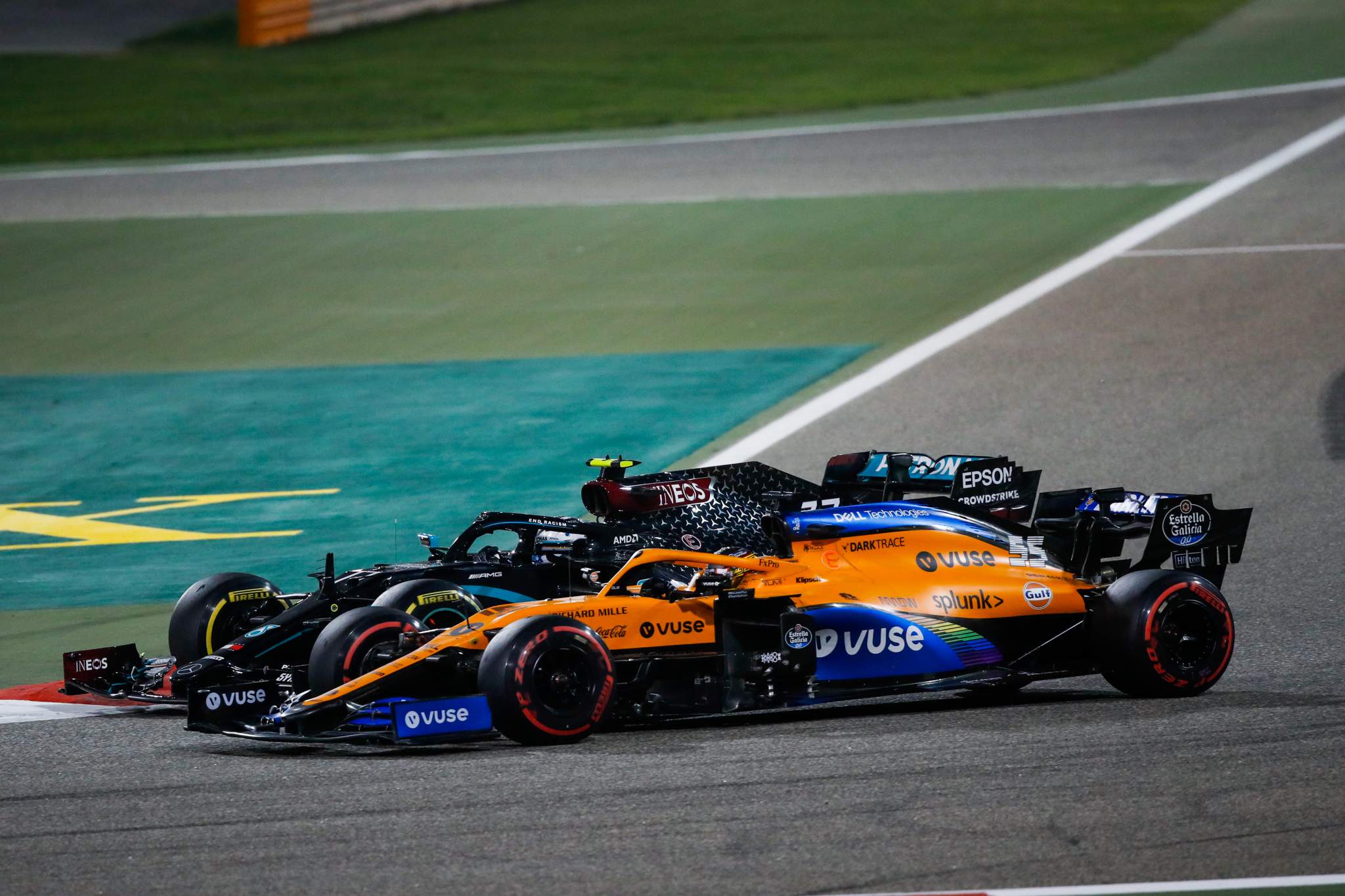Up Next

Mercedes still has “issues” to resolve with its 2021 Formula 1 power unit ahead of the new season, but is confident of having done so in time for the first race of the season in Bahrain on March 28.
In an interview published by the team, Mercedes-AMG High Performance Powertrains managing director Hywel Thomas offered an update on progress on engine preparation at Brixworth that referenced the issues.
It’s not unusual for such issues still to require troubleshooting at this stage of the year and likely reflects how aggressive Mercedes has once again been in driving further development of its all-conquering 1.6-litre turbo hybrid engine package.
“In terms of readiness, we’ve got plenty of engines in build at the moment getting ready for the new season,” said Thomas.
“We have already got some of them together and we have also got engines running on the dynos right now, doing their durability runs.
“There are also engines for our customers too, which are already with them and either in the back of their chassis and fired up, or in the process of doing so.
“We have got some issues with the power units. We know we have issues but we have plenty of plans in place to fix all of those issues. I’m sure it will all be ready for the first race.”
Thomas says that the challenge of producing its final power unit specification has been made more difficult this year thanks to rule changes limiting engine dyno testing to a baseline of 800 operation hours in 2021 over a maximum of 6400 hours of ‘occupancy’.
This, combined with the rise to a record 23 races this season and the challenge of finalising the engine for introduction at the first race of the year given that is the only change of specification allowed, has made for a more difficult winter.

“The winter is always a challenging time for us, as we prepare for a new season, and this year there have been a few extra additional things thrown at us,” said Thomas.
“It’s been the first winter where we’ve had to react to a change to the regulations, which limits the amount of dyno hours we’re able to run.
“This means we have to make every single dyno run count and must make sure that we are entirely productive, to learn about the performance and the reliability of the power unit during each hour!
“Also, it’s the first winter where we have prepared for only one single upgrade for the whole season.
“So, we have to get all of our performance into the first PU that goes to the first race, whereas in previous seasons we have been able to split that up into different packages for each PU that gets introduced.
“So, with that challenge, we have to get absolutely everything there for the first race and make sure it’s completely reliable.
“Also, there are more races this season and the same number of Power Units, which means that each individual power unit needs to run across more races. We just have to make sure that we are ready for that and focus even more on reliability.
“We also have the challenge of a pretty short winter, as we didn’t finish racing until the middle of December and now, we’re straight back into it. So, if anything, we’ve had more to do and less time to do it in.”

Despite these challenges, and the need to expand its supply from three to four teams for the first time since 2016, when the Manor team was also one of its customers, Mercedes has been able to maximise its development time over the winter.
McLaren returns to the Mercedes fold having parted company with it as engine supplier in 2014, but Thomas is confident the need to manufacture components for that fourth deal hasn’t impacted its search for performance.
“We welcome McLaren back as a customer and in terms of day to day life at Brixworth, the most important thing for us is because we’ll be producing more engines and sending more engines to races,” said Thomas.
“We don’t want to have to freeze the specifications any earlier because that’s time we couldn’t get back, and we really need to make sure that we are getting every ounce of performance and reliability into the power units.
“So, that gives us the challenge of understanding how we can build the engines, can we be more effective, can we be more productive and we’ve got all the plans in place so we can build those without having a huge impact on what we are able to take to the circuit.”



